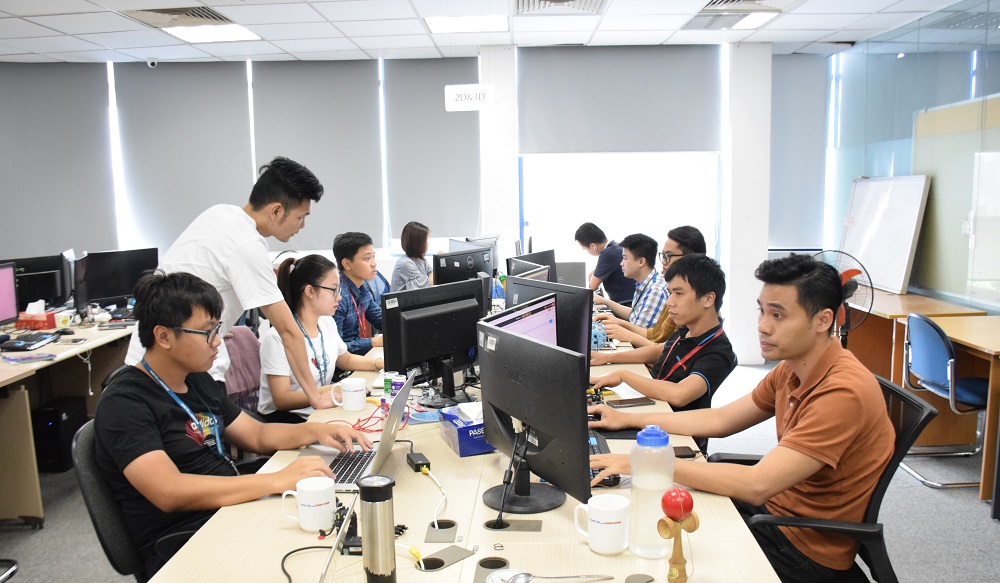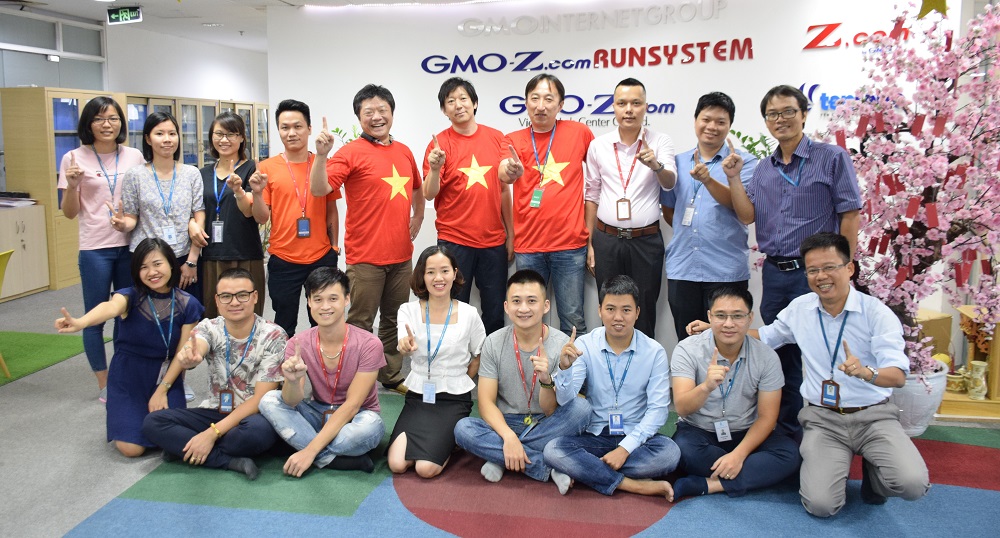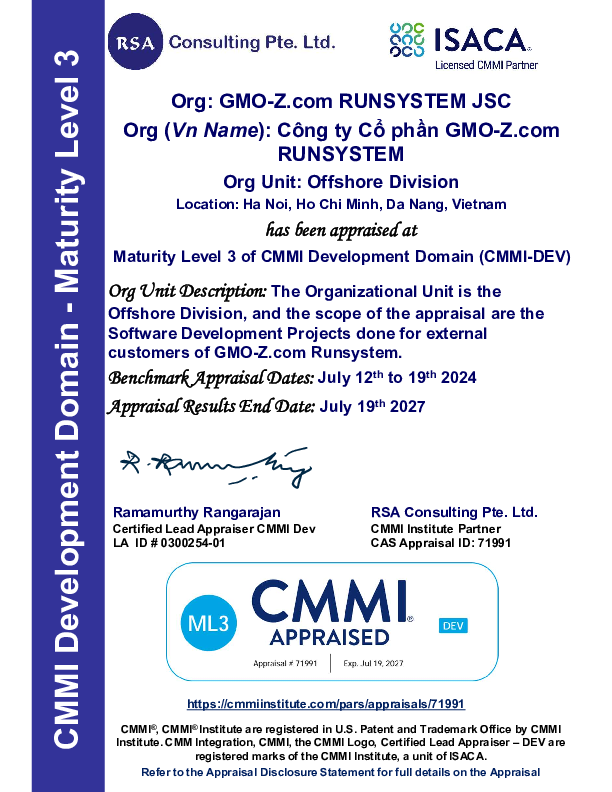services
As a trusted technology service provider, GMO-Z.com RUNSYSTEM assists customers of all sizes and from any industries in implementing and adapting digital technologies
PRODUCTS
The Digital Transformation Ecosystem is developed with many values. Specialized consulting and solution implementation services help businesses build optimal operating methods, eliminating cumbersome
SUCCESS STORIES
Discover how our customer successfully digitize their businesses with GMO-Z.com RUNSYSTEM

OUR CUSTOMERS
Discover how our customer successfully digitize their businesses with GMO-Z.com RUNSYSTEM

Vietnam is a trusted alliance of companies worldwide

Vietnam boasts a young, dynamic, and well-trained IT workforce. Vietnamese engineers possess strong expertise, particularly in software, AI, big data, and security.

Vietnam is emerging as a strong tech hub in Southeast Asia, with notable tech companies and a favorable investment environment.

Vietnam offers a stable political environment and favorable policies for tech investment, creating ideal conditions for foreign companies to implement IT projects

Labor costs in Vietnam are lower than in many other countries, significantly reducing project costs while maintaining quality.












 Speed
Speed
 Price
Price
 Quality
Quality
 Skill
Skill


















